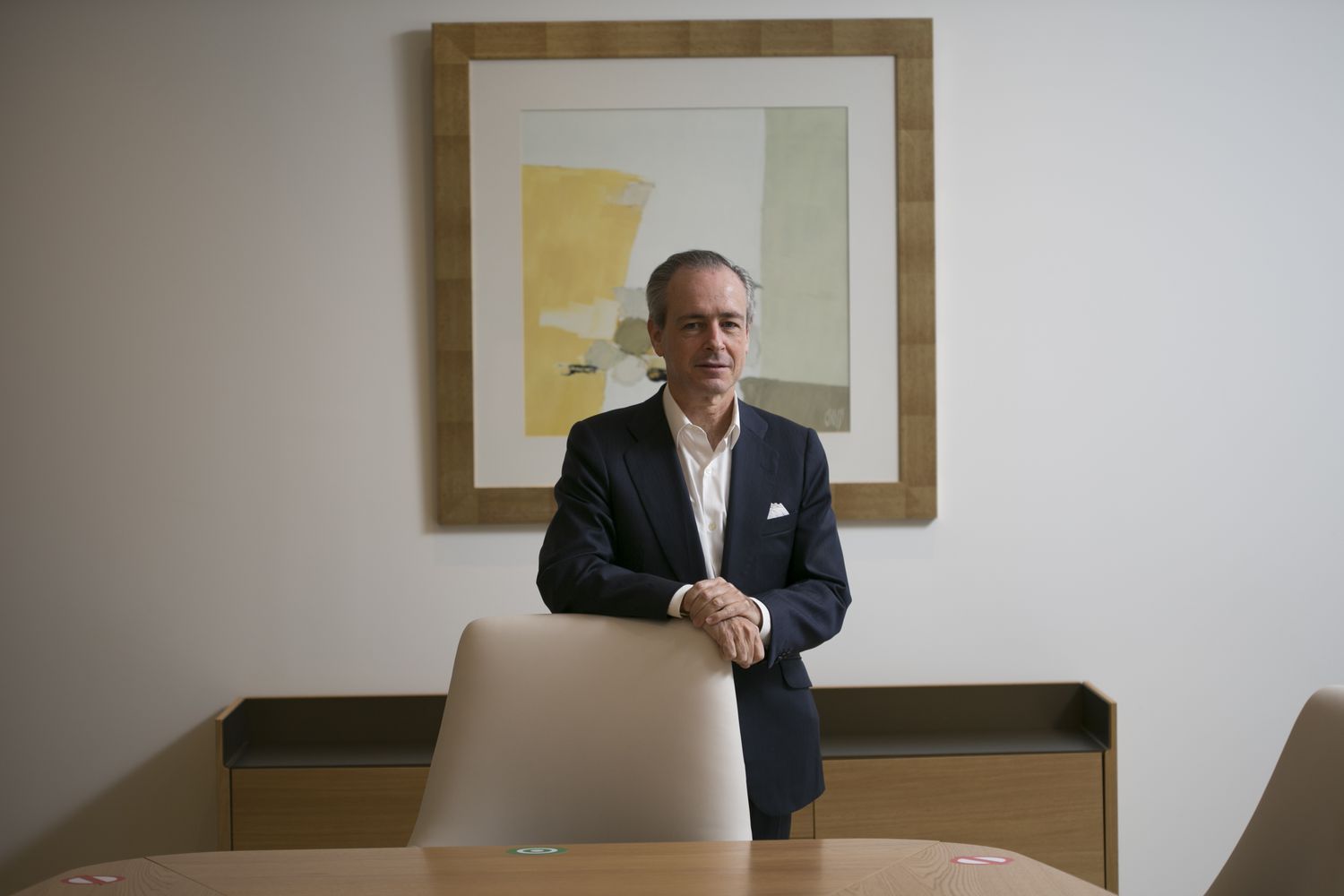“This is the year in which there is the most interest in participating in the event.” Luis Sancho, as CEO in Spain of BNP Paribas Corporate and Investment Banking, is responsible for contacting large international investors to attend Spain Investors Day (SID), the forum where for two days (next January 13 and 14) listed companies meet with the world of money and which is now in its eleventh edition.
In a context dominated by the economic impact of covid-19 and the expectations of heat recovery from vaccines, Sancho detects great interest in the SID on both sides of the table.
“Companies understand that it is a great showcase to explain their situation and their expectations for the future, and investors are very interested in taking the pulse of how the Spanish economy is doing ”.
They have already confirmed their presence —which this year for health reasons will be virtual in most cases— 200 investors and the organizers believe that they may finally reach 250, a record. “We see a lot of interest in investing in sectors such as health sciences and in everything related to the energy transition,” explains the banker.
At the SID held a year ago, the focus was on the recently launched coalition government in Spain . A year later, the Executive has managed to carry out the General State Budgetsand will count for economic reconstruction with funds from the European Union.
“International investors value positively that a budget agreement has been reached because it eliminates uncertainty. Regarding European funds, everyone is aware of the importance of using them well. An advantage that we have in Spain is that the Government has a great social conscience.
But there are two ways to help the most disadvantaged. In the short term, the answer lies in the public budget, with aid, moratoriums … There is no other way to do it. But in the medium and long term, it is necessary to return the economy to the growth path and that means attracting foreign capital and making things easier for the business world, ”says Sancho.
After the outbreak of the pandemic, the Spanish Government activated a shield that is still in force in order to prevent large Spanish companies, due to their weakness on the stock market, from being bought by foreign investors .
This protection network will still be in effect for the next six months and it will surely be a topic that SID attendees are interested in. “It is true that investors do not like these shields, but it is also true that it is a measure that has been implemented throughout Europe, because there are many strategic companies that have become very vulnerable due to a temporary issue such as the coronavirus”, argues in charge of BNP Paribas.
The Spanish Stock Exchange closes 2020 in the caboose among the great financial centers of the world in terms of profitability. Sancho is confident that things will change in 2021.
“One explanation for the red numbers of the Spanish Stock Exchange is that its economy is one of the ones that has suffered the most due to the great weight of services and tourism.
However, in 2021 and 2022 we think that our economy will do better than the rest, with a growth differential between 1.5% and 2% compared to the European average. This should be reflected in a rise in the price of national shares ”.
BNP Paribas expects Spain’s GDP to collapse by 11.8% in 2020. In addition to the recession caused by the lockdowns, the year that just ended leaves a significant rebound in the deficit and public debt as a result of aid measures adopted by the Government to alleviate the effects of the crisis.
“Debt does not have to be a problem if the right measures are taken. If we take advantage of the next growth phase to reduce its weight in a systematic and rigorous way, we could correct the situation to levels close to those of before the crisis. It is an intergenerational duty. You cannot load today’s spending on future generations ”, says the manager.
The fiscal response to the crisis has been accompanied by the monetary policies of the central banks. Minimum rates and asset purchases will continue to be the trend for the ECB or the Federal Reserve in the coming months. The question is what will happen to the price of risk assets when this very powerful framework of stimuli begins to be dismantled.
“Obviously, it is one of the risks that can appear in the medium term. I believe that central banks are very aware of the situation and that is why the withdrawal of stimuli will be done little by little and measuring the impact that any decision may have. They will prefer to run the inflationary risk than to damage the economy ”, explains Sancho.
The IPOs and corporate movements are two aspects that interest investors who come to the SID. Regarding the primary market, the IPO drought has been the dominant trend for another year. “I believe that in 2021 the premieres on the parquet will be reactivated.
Especially in relation to the energy transition because there is a lot of money that wants to invest in this matter and the offer is very limited ”. As for mergers and acquisitions, Sancho expects a good year in telecommunications, renewables “and we will probably also see some movement in the industrial sector.”



 Bitcoin
Bitcoin  Ethereum
Ethereum  Tether
Tether  XRP
XRP  Solana
Solana  USDC
USDC  TRON
TRON  Cardano
Cardano  Lido Staked Ether
Lido Staked Ether  Avalanche
Avalanche  Toncoin
Toncoin